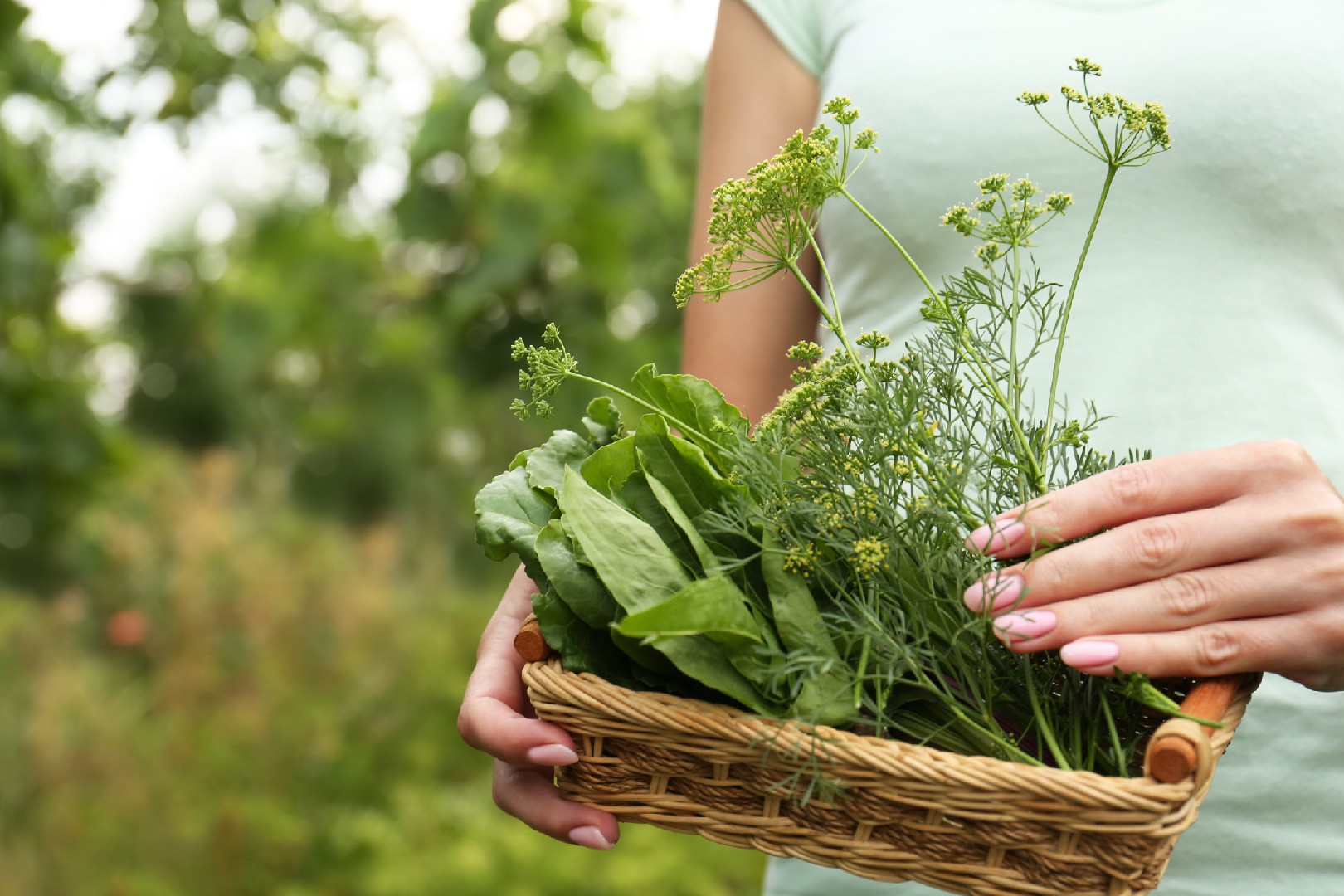![Rectangle]()
Mastering the Techniques for Harvesting Herbs
Harvesting herbs is a crucial step in ensuring their freshness and flavor. By employing the right techniques, you can preserve the essential oils and maximize the potency of the herbs. In this section, we will explore various methods and skills that will help you become a master at harvesting herbs.
One of the most common techniques used for harvesting herbs is the 'pinch' technique. This method involves using your thumb and forefinger to pinch off the leaves or stems of the herb. This allows you to remove the desired portion without damaging the rest of the plant. Not only does the pinch technique prevent unnecessary harm to the plant, but it also encourages growth and regrowth. By pinching off the tops of the herb, you are encouraging bushier growth and a higher yield.
To perform the 'pinch' technique effectively, it is important to understand the growth pattern of the herb. Some herbs, like basil and mint, have a branching pattern where leaves or stems grow from the main stem. In this case, you can pinch off the top few leaves or stems, just above a set of leaves or branching point. This will stimulate new growth and prevent the plant from becoming tall and leggy.
Other herbs, such as parsley and cilantro, have a rosette or clumping growth pattern. In this case, you can pinch off the outer leaves or stems, allowing the inner ones to continue growing. Be sure not to remove too many leaves at once, as this can weaken the plant. By continuously harvesting outer leaves or stems, you will ensure a constant supply of fresh herbs throughout the season.
Now that you know the 'pinch' technique, let's explore the tools required for harvesting herbs. The most basic tool you will need is a pair of sharp, clean scissors or pruning shears. These tools allow you to make clean cuts without damaging the plant. It is important to keep your tools clean and sharp to prevent the spread of diseases or infections.
For larger herbs or woody stems, you may need a serrated knife or a pair of loppers. These tools can handle thicker stems and make it easier to harvest herbs like rosemary or thyme. Remember to sanitize your tools before and after each use to maintain the health of your plants.
Each herb has its own specific harvesting technique. For delicate herbs like dill or cilantro, it is best to harvest the entire plant at once. Cut the stem close to the base and remove any damaged leaves. Rinse the herbs well and pat them dry before storing.
For herbs like sage or thyme, you can selectively harvest the leaves or stems. Simply pinch or cut off the desired portion, leaving the rest of the plant intact. This allows the plant to continue growing and provides a continuous supply of fresh herbs.
By mastering the techniques for harvesting herbs and understanding the tools required, you can ensure the freshness and flavor of your herbs. Whether you are growing them in your garden or purchasing them from a local market, these skills will come in handy. Happy harvesting!





